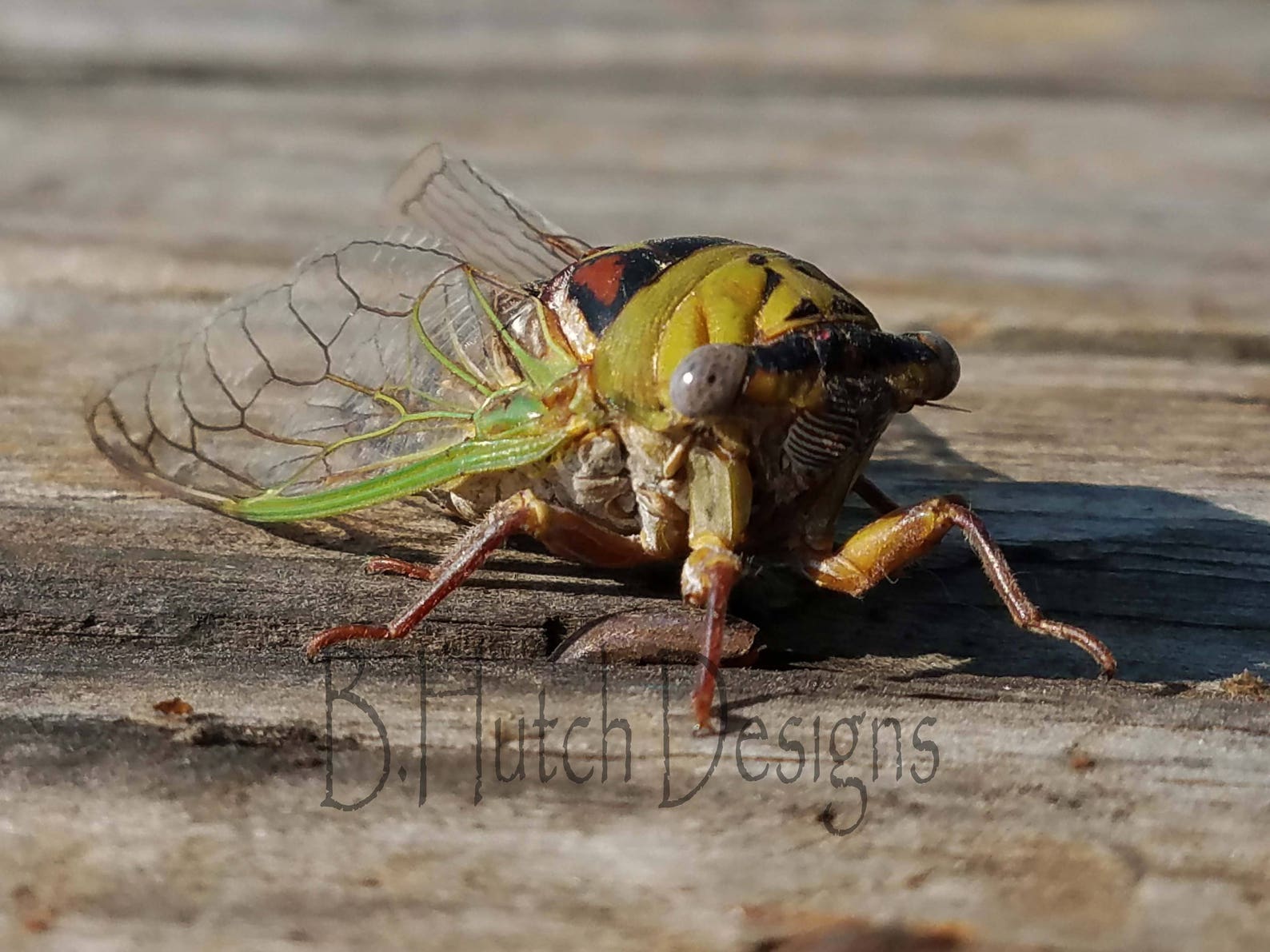

Others may be afflicted by a fungus: one notorious pathogen eats away at their butts. Some of the earliest to emerge will be snapped up by predators. "They will stare out at the world with fiery red eyes, emanating stolid arrogance, that, it must be said, serves to mask a profound stupidity," former Tribune reporter Peter Gorner wrote in an extensive 1990 story on the Chicago brood.

The insects only have a few weeks to mate and lay eggs before they're goners.Įgg laying can occasionally cause "flagging" of trees which results in browning and wilting branches, but cicadas are largely harmless, despite being historically and incorrectly confused with plague-harbinger locusts. "I like to think of it as the soundtrack of summer."īrood X includes three species-Magicicada septendecim, Magicicada cassini and Magicicada septendecula-which can be differentiated by their calls. "As you travel across the state, you encounter different species of cicadas, different species of birds, different species of other insects, and it makes your town kind of unique," Dana said.

Now there's an app to track cicada emergences. Bush was president, "Yeah!" by Usher was on the radio and TikTok was still the sound of time passing by. "We stepped out of the car and it was like stepping into another world," Dana said. Katie Dana, a scientific specialist in entomology at the Illinois Natural History Survey, studies Illinois cicadas and, generally, is "interested in everything cicada." She remembers when she moved to the Midwest for graduate school and heard something new. This year it's Brood X's turn to emerge for a few weeks and create another round of 17-year-old progeny. Unlike the many species of annual cicadas all over the country, periodical cicadas are on a prime timeline-they appear in 13- or 17-year increments. Illinois is "kind of the place to be with periodical cicadas," Cooley said. Cooley has studied cicadas for years, traveling the state to stop and listen and record coordinates. One person who has devoted much of his life to looking for cicadas is John Cooley, a University of Connecticut at Hartford professor. Illinois houses several broods, both life cycles and all seven periodical species, so mapping the bugs can help answer questions about how they might be responding to climate change. Some of the foremost cicada experts have been based in Illinois, and the state is essential when it comes to understanding the insects, researchers say. They're called Brood X-the cohorts are numbered by Roman numerals-and they're expected in more than a dozen states in the Midwest and eastern United States. Sometime in May, maybe after a light rain around Memorial Day, one of the largest groups of periodical cicadas will head above ground in Illinois for the first time in 17 years. And you can think of it as a warmup for what's coming to Chicago in 2024. It's a summer preview for a sliver of eastern Illinois and swaths of Indiana.


 0 kommentar(er)
0 kommentar(er)
